Browse all content in Verification Academy: Articles, Cookbooks, Resources, Sessions, and Tracks
Search Results - 8 results
Filters
-
Verification Horizons

-
What Do Meteorologists and Verification Technologists Have in Common?
As I write this, New England is bracing for a snowstorm that could bring as much as two feet of snow in the next day or two. By the time you read this, we'll know a) whether the forecasters were correct and b) how well we hardy New Englanders were able to cope. I often joke that I'm going to encourage my children to be meteorologists because that's the one job where, apparently, you can be consistently wrong and not suffer any consequences (except for Bill Murray in the movie "Groundhog Day"). As verification engineers, we have to be able to forecast the accurate completion of our projects and also be able to cope with problems that may occur. Unfortunately, there are severe consequences when we get it wrong.
And the stakes keep getting higher. We've spoken for years about designs getting more complex, but it's not just the number of gates anymore. The last few years have shown a continuous trend towards more embedded processors in designs, which brings software increasingly into the verification process. These systems-on-chip (SoCs) also tend to have large numbers of clock domains, which require additional verification. On top of this, we add multiple power domains, and we need not only to verify the basic functionality of an SoC, but also to verify that the functionality is still correct when the power circuitry and control logic (much of which is software, by the way) is layered on top of the problem. Who wouldn't feel "snowed under"?
In this issue, we're going to try to help you dig yourself out. As always, we've brought together authors from all over to give you their perspective on key issues you're likely to face in assembling and verifying your SoC. Our featured article, "Using Formal Analysis to 'Block and Tackle'," comes from our friend Paul Egan at Rockwell Automation. One of the critical stages of the SoC process is putting the blocks together and verifying that they are connected correctly. This is a great application for formal analysis and Paul shows how they were able to use formal to verify connectivity at both the block and chip level. As you'll see, the process is the same regardless of the size of the block, and makes it really easy to verify late-stage changes, too.
I mentioned how important software is in the SoC process. Our next article, from my Mentor colleagues Hans van der Schoot and Hemant Sharma, shows how "Bringing Verification and Validation Under One Umbrella" can both speed up functional verification and also give you a platform on which your software team can validate the software presilicon. This early detection of hardware/software integration issues greatly simplifies the post-silicon validation process, since problems are much easier to debug pre-silicon.
Often when developing an SoC, we want to start with a system-level model of the design, so we can analyze its performance and other characteristics to make sure it's right before we build it. The advantage of applying "System Level Code Coverage using Vista Architect and SystemC," is that you can gain important insight into the completeness of your system-level testbench as well as whether certain blocks you've included in your design are actually contributing. You've probably used code coverage on RTL, but now you can do it at the system level.
The Unified Power Format (UPF) is the standard for specifying low-power design intent in a way orthogonal to the RTL. The standard is being widely adopted and also being updated by the IEEE. In "The Evolution of UPF: What's Next?" my friend Erich Marschner describes some of the interesting enhancements of UPF 2.1 that help UPF more easily and accurately model power management effects.
In our Partners' Corner section, we first have our friends from CVC, who explain the "Top 5 Reasons Why Every DV Engineer Would Love the Latest SystemVerilog 2012 Features." Having been involved in SystemVerilog from its earliest days, I must say that even I'm impressed with how far it's come. The article highlights some key new features for both design and verification engineers. Keeping with the SystemVerilog theme, we next have Ben Cohen showing us how to use "SVA in a UVM Class-based Environment." One of my favorite things about SystemVerilog has always been the way it combines cool features like assertions and classes into a single language. This article provides an in-depth view of how to apply SystemVerilog assertions (SVA) to simplify some of the tasks usually done by scoreboards in UVM and also to improve coverage sampling in your testbench.
Our final partner article comes from our friends at FishTail Design Automation, who take us through "The Formal Verification of Design Constraints." Timing-related design constraints can be very difficult to get right and often require the verification team to spend time manually analyzing results to determine their validity. This article shows how formal verification can simplify this process and give much more credible results.
Last but not least, our Consultants' Corner features Mark Litterick of Verilab, who shares "OVM to UVM Migration, or There and Back Again, a Consultant's Tale." Mark and his colleagues have extensive experience working with users who are trying to develop new projects using UVM while simultaneously maintaining ongoing development for existing projects in OVM, including components that will eventually be migrated to UVM. This article will show you how they managed this process, and they didn't have to kill any dragons to do it.
I hope you enjoy this edition of Verification Horizons. If you're at DVCon, please stop by and say hello and let me know what you think. For those of you not at the show, please try to make it next year. I'll be here.
Respectfully submitted,

Tom Fitzpatrick
Editor, Verification Horizons
February 2013
-
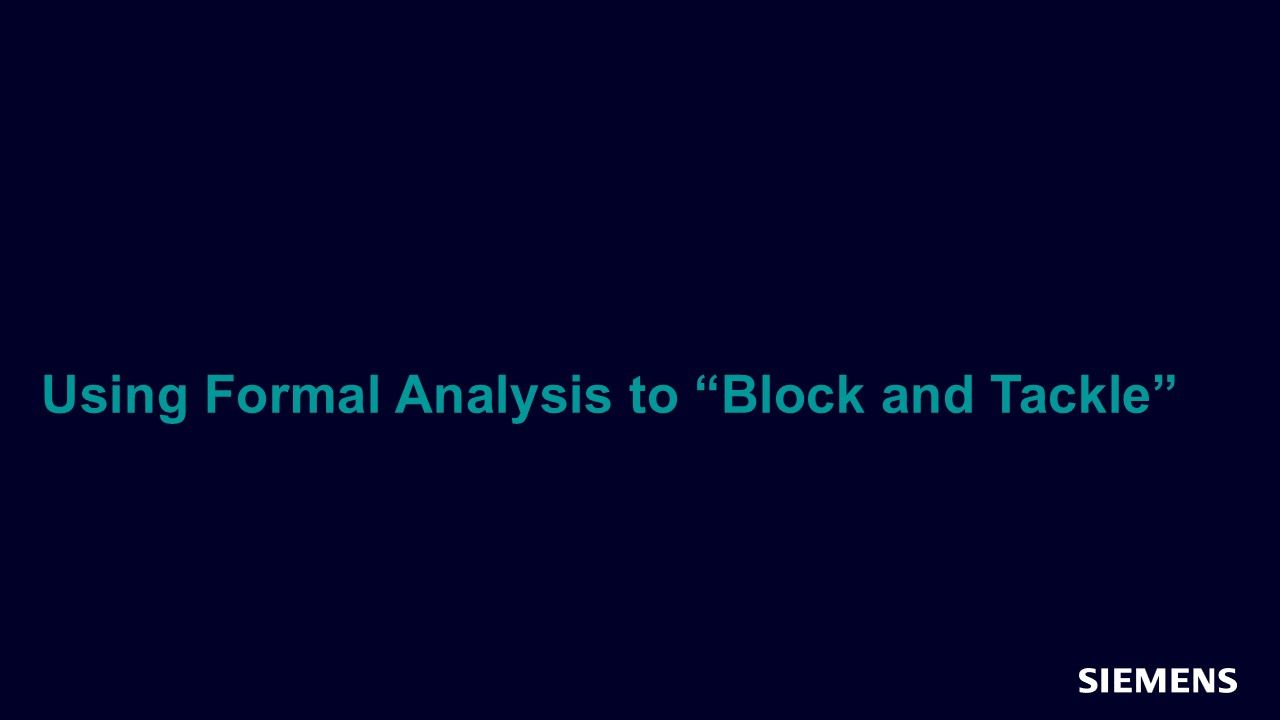
-
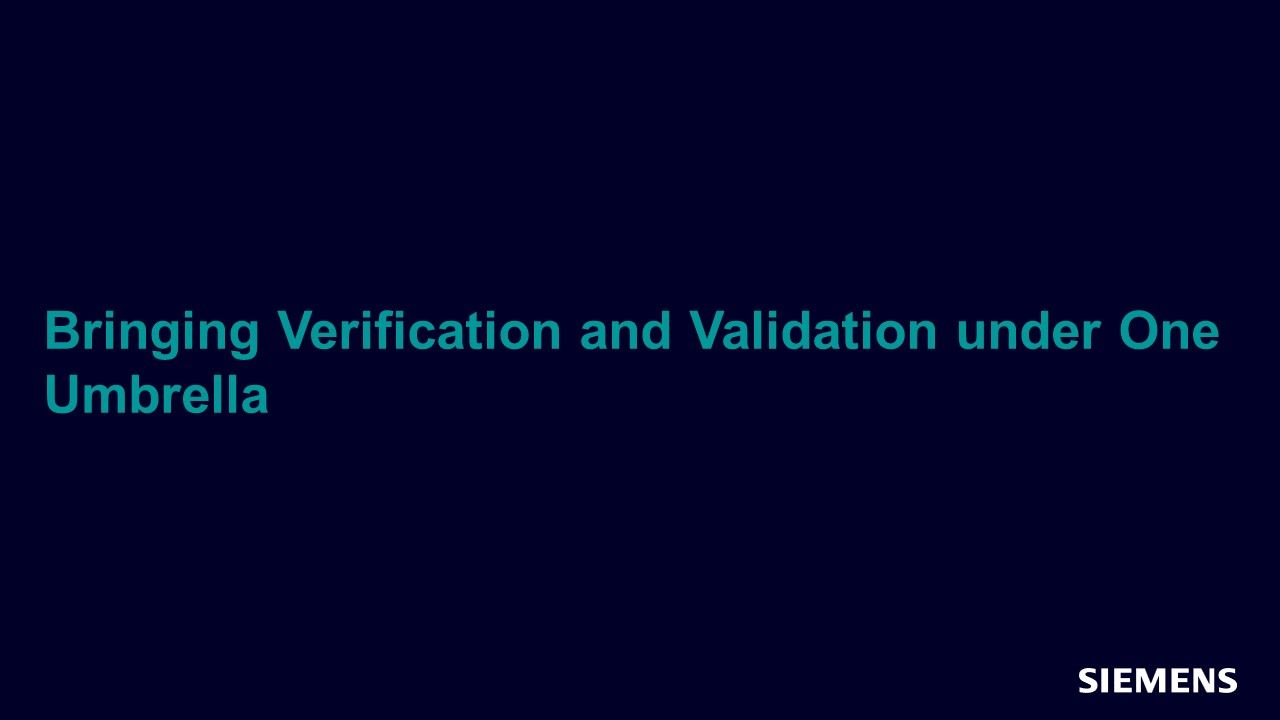
-
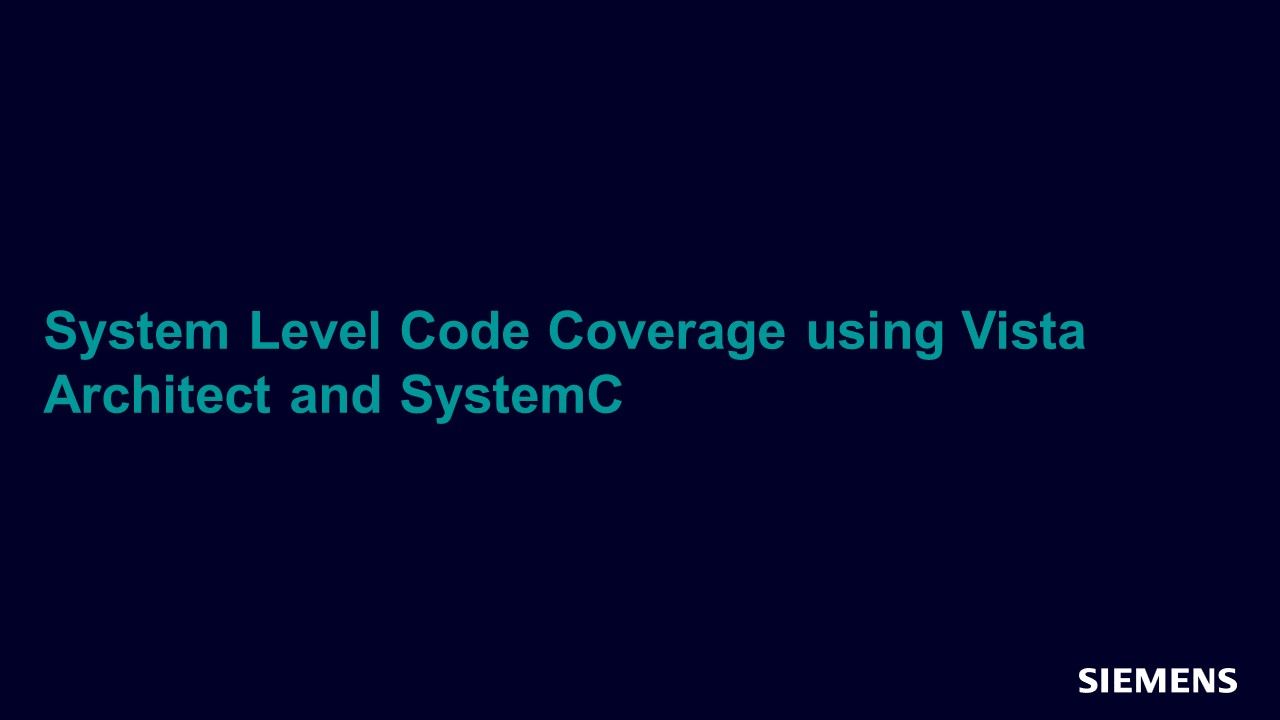
-
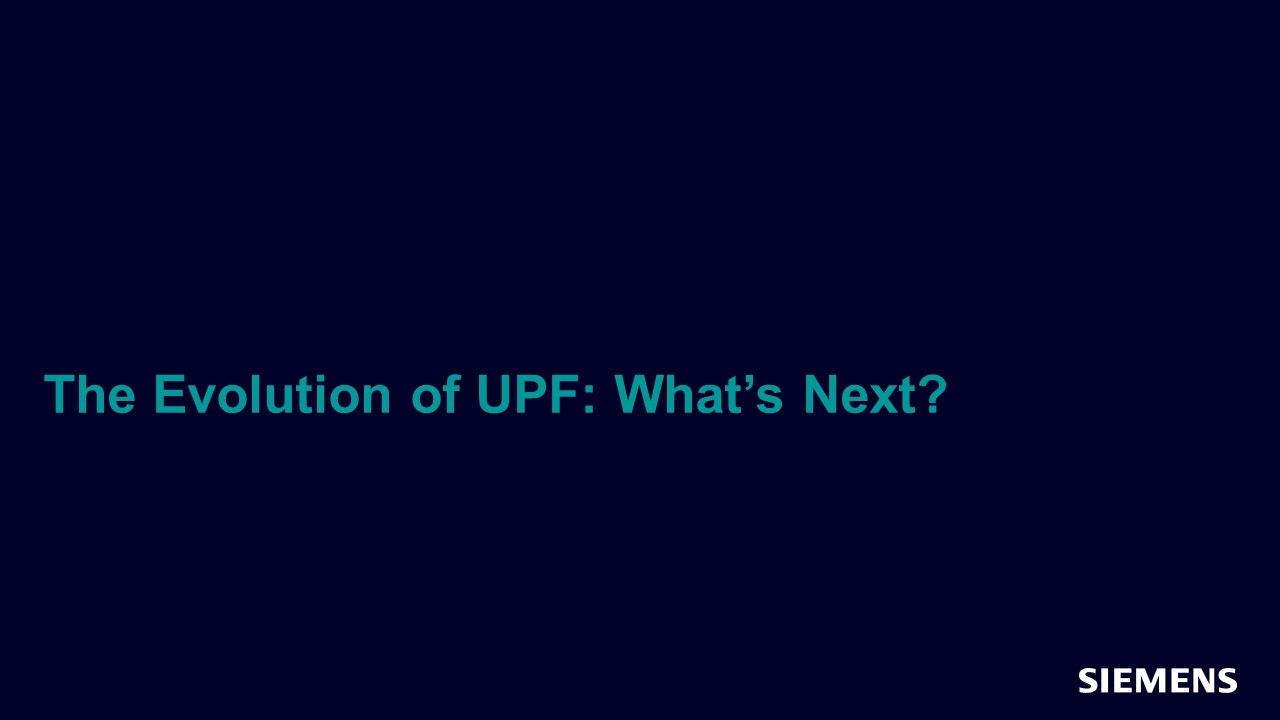
-
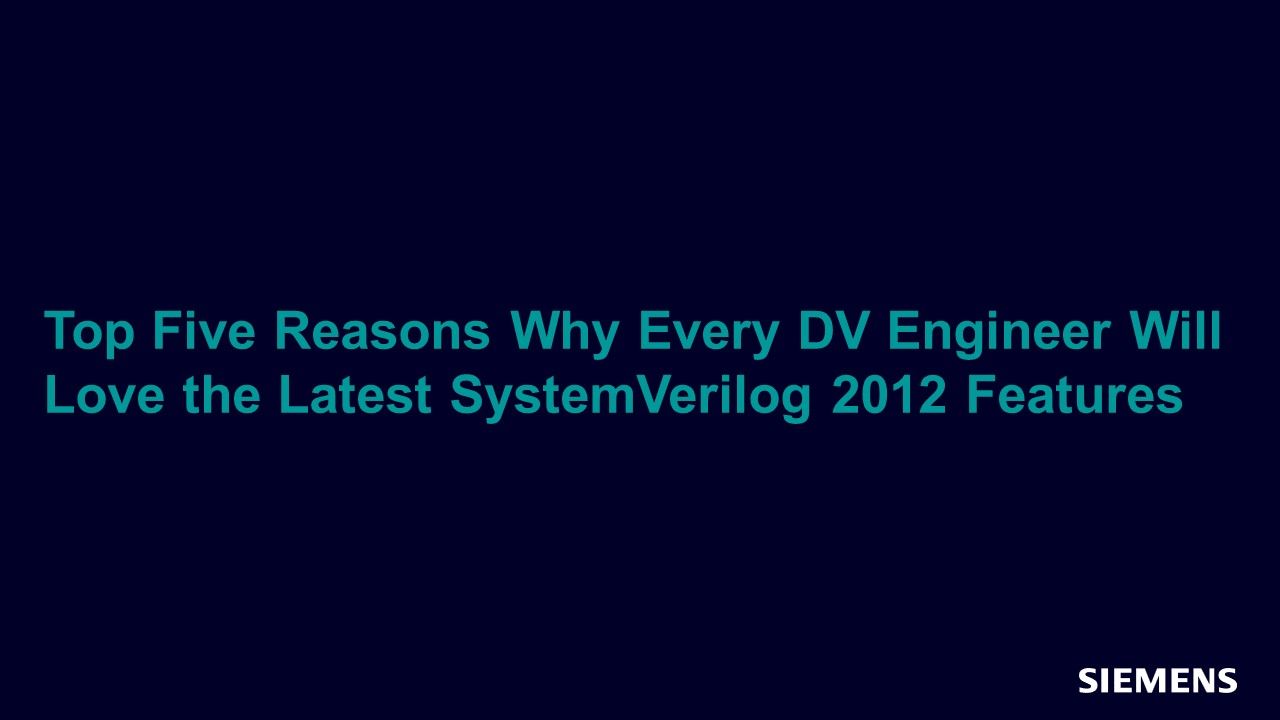
Top Five Reasons Why Every DV Engineer Will Love the Latest SystemVerilog 2012 Features
SystemVerilog Feb 25, 2013 Article -
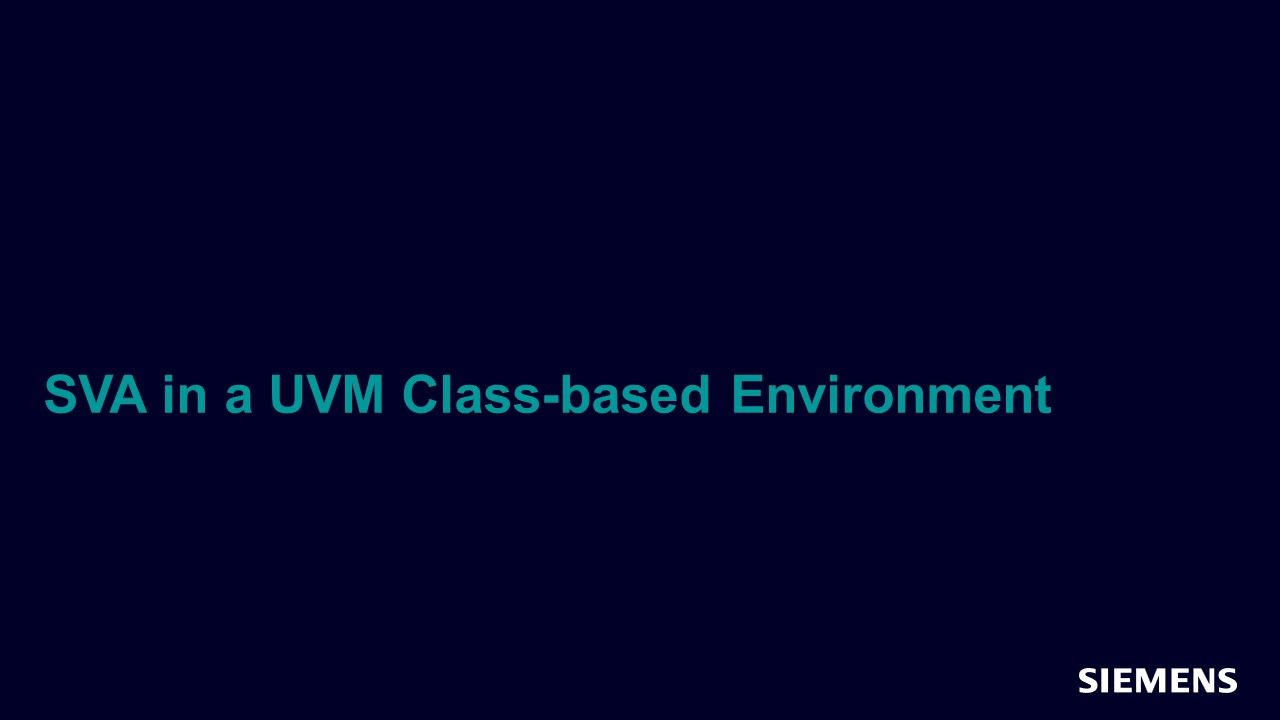
-
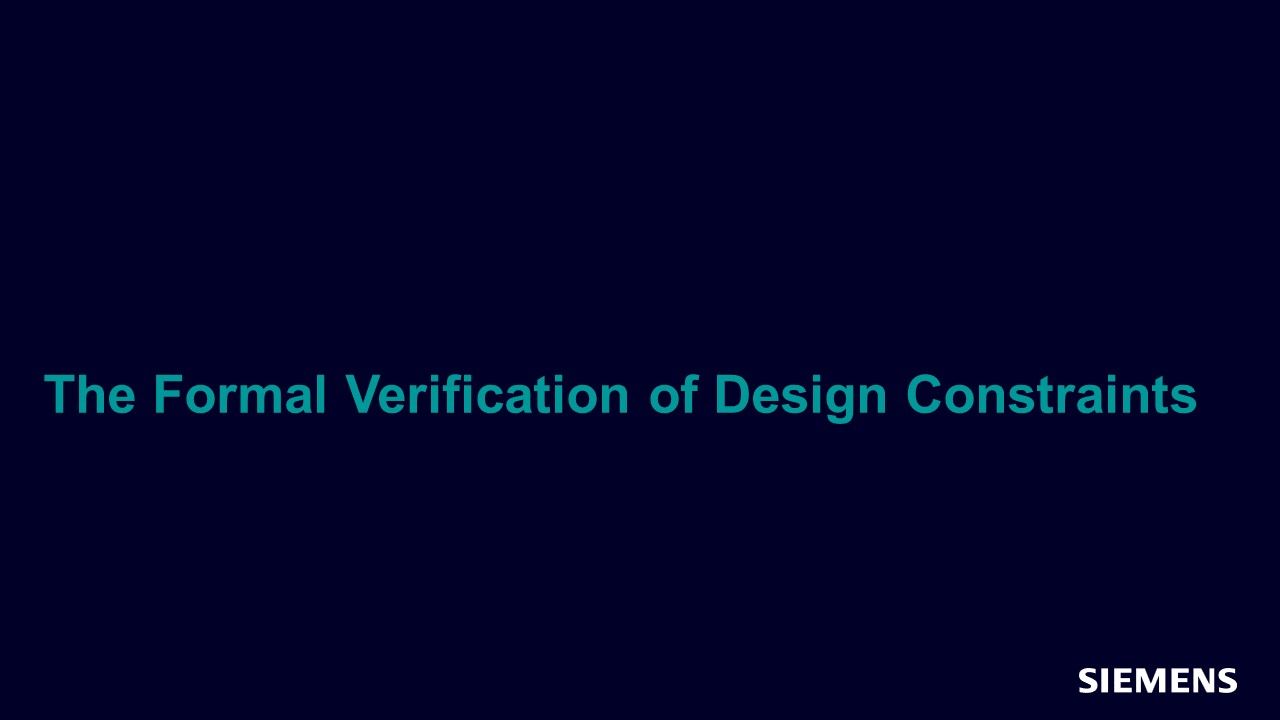
-
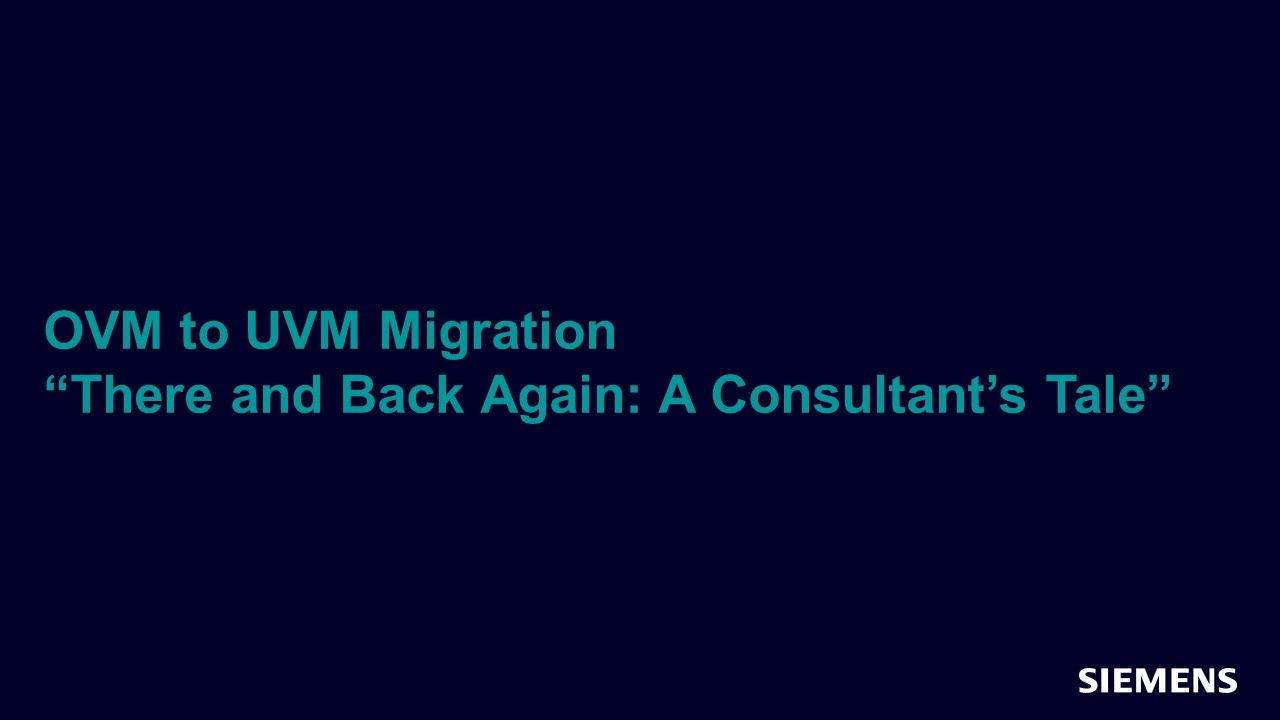
OVM to UVM Migration, or There and Back Again: A Consultant’s Tale
UVM - Universal Verification Methodology Feb 25, 2013 Article